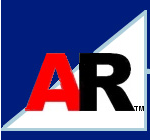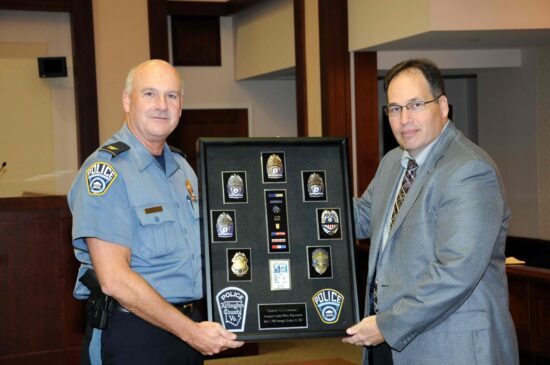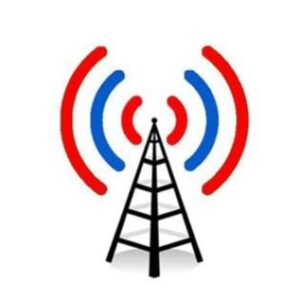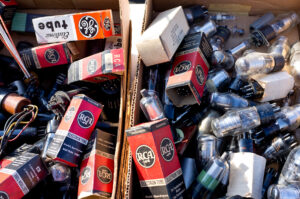It had been my intention to send out a New Year’s message to our members, but the flow of the river was faster than my ability to paddle. I have fallen behind. However, by chance, I am on time for the Chinese (lunar) New Year. So, eat long noodles for good luck as we begin the year of the snake.
Recently, I stopped for a morning bagel and overheard a couple arguing two tables away. It appeared they were remodeling their kitchen and disagreed on which end of the island the new USB outlet would be placed. She didn’t want “gadgets cluttering her kitchen.” Clearly not a ham’s house and another sign of the high tech world we live in.
 If you got interested in ham radio back in the days when radios glowed in the dark and you could diagnose a problem with your eyes or nose you know just how far we’ve come. Back then you could get back on the air by simply changing a tube or replacing a resister or capacitor with your trusty soldering iron. You might even visualize the flow of electrons through the various components. Today’s latest new gear is a marvel, almost beyond comprehension.
If you got interested in ham radio back in the days when radios glowed in the dark and you could diagnose a problem with your eyes or nose you know just how far we’ve come. Back then you could get back on the air by simply changing a tube or replacing a resister or capacitor with your trusty soldering iron. You might even visualize the flow of electrons through the various components. Today’s latest new gear is a marvel, almost beyond comprehension.
Back then only Hams could communicate around the world or portably talk point to point in their town. Today anyone with a smartphone can. But despite the advance in equipment and capability there remains one huge difference – the operator. A person with a phone is hostage to the infrastructure. If it fails he or she is incommunicado. A well-trained and equipped amateur radio operator can still carry on when all else fails. That has not changed in 50 years.
Our club is lucky. We have members from both the post spark-gap era and digital era. They all have wide and varied interests within our hobby yet we share a common interest in public service. We have and maintain a robust and capable repeater system that enjoys a huge footprint in the metro area. We regularly train on the procedures we’d need in an emergency during our radio nets. We maintain our individual “go kits” in order to respond to an official request to deploy. We have everything in place, just in case. As we begin 2013 let’s individually recommit to keep our RACES training and certification current, then to regularly check into the Wednesday evening net, to operate from an Arlington Fire Station the 1st Wednesday of each month and to participate in the drills we are planning for this year. I look forward to our continued communication and camaraderie.
To check out a list of board members, click here.
73 and I’ll see you on the radio.
Gerry Greenwood
N3EVT















